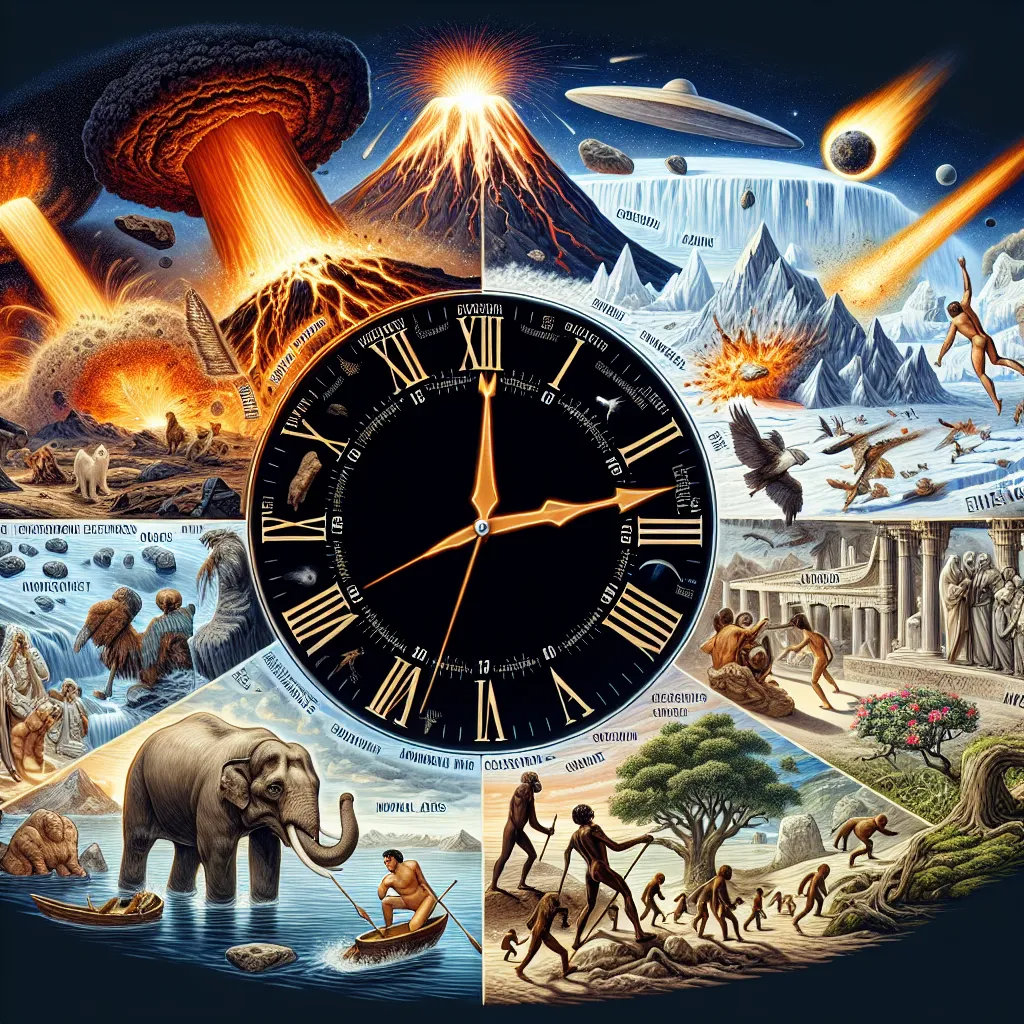When we think of empty space, we often imagine a void, a complete absence of anything. However, the world of quantum physics paints a very different picture. According to quantum field theory, even the most seemingly empty spaces are teeming with activity, known as quantum fluctuations or vacuum fluctuations. These fluctuations are temporary and random changes in the energy levels at various points in space, and they have far-reaching implications that challenge our understanding of reality.
Imagine a calm sea that suddenly develops waves – this is somewhat analogous to what happens in a vacuum at the quantum level. These waves, or fluctuations, are not just random noise; they are a fundamental aspect of the quantum world. They arise from Heisenberg’s uncertainty principle, which states that you cannot know both the position and the momentum of a particle with infinite precision. This principle extends to fields, meaning that the values of these fields are always jittering around, even in what we consider to be empty space.
One of the most fascinating aspects of these fluctuations is the concept of virtual particles. These are not particles in the classical sense but rather temporary appearances and disappearances of energy that can manifest as particle-antiparticle pairs. For instance, in the electromagnetic field, these fluctuations can lead to the creation and annihilation of photons. This process happens so rapidly that it is almost imperceptible, yet it is a constant feature of the quantum vacuum.
Researchers have been working tirelessly to understand and control these fluctuations. A team from Germany and France, for example, has created specialized semiconductor structures where electrons are strongly coupled to light fields. By using extremely short bursts of light, they can interrupt this coupling faster than the timescale of a vacuum fluctuation, observing an intriguing “ringing” of the emitted electromagnetic field. This ringing indicates the collapse of the vacuum state, offering insights into the nature of nothingness itself[1].
But what if these fluctuations are more than just random noise? Some scientists propose that they could be carrying hidden information – messages from other dimensions or distant parts of the universe. This idea might sound like the stuff of science fiction, but it is rooted in some intriguing observations and theories.
For instance, the Casimir effect is a phenomenon where two uncharged, conducting plates placed very close to each other in a vacuum experience an attractive force. This force is a direct result of the vacuum fluctuations between the plates. The energy density of these fluctuations is immense, far exceeding the energy density of ordinary matter. While this energy is constant throughout space and time, making it undetectable in most cases, it can have measurable effects under specific conditions[2].
The possibility that these fluctuations could be more than just background noise is also explored in the context of probabilistic computing. Researchers at MIT have demonstrated control over quantum randomness by injecting a weak laser bias into an optical parametric oscillator. This allows for the creation of controllable photonic probabilistic bits (p-bits), which can follow arbitrary binomial distributions. This technology opens up new avenues for simulating complex physical phenomena and optimizing systems, potentially tapping into the inherent randomness of the quantum vacuum[4].
The idea that we might be surrounded by an invisible sea of information is both captivating and unsettling. If we could decode these “void whispers,” we might uncover secrets about the nature of reality, dark energy, or even the multiverse. However, this is a highly speculative area, and much of it remains in the realm of theoretical physics.
An ongoing experiment at the Helmholtz-Zentrum Dresden-Rossendorf aims to verify vacuum fluctuations in a novel way. By firing ultra-powerful laser flashes into an evacuated chamber, researchers hope to manipulate these fluctuations to change the polarization of X-ray flashes. This could provide clues to new laws in physics and potentially reveal deviations from current theories, suggesting the existence of new particles or forces[5].
While the notion of tapping into cosmic chatter from the quantum void is intriguing, it is essential to separate speculation from scientific fact. The quantum world is full of mysteries, and deciphering its secrets is an ongoing challenge. However, the possibility that empty spaces are not as empty as they seem is a compelling one that continues to drive research and spark imagination.
In essence, the quantum vacuum is not just a passive backdrop for the universe; it is an active participant, influencing the behavior of particles and fields in profound ways. Whether these fluctuations carry hidden messages or not, they are undeniably a key part of the quantum landscape. As we delve deeper into this mysterious realm, we may find that the secrets of the universe are hidden in plain sight, within the very fabric of what we once thought was empty space.
The exploration of quantum fluctuations is a journey into the heart of quantum mechanics, where the boundaries between reality and speculation blur. It is a reminder that even in the most seemingly empty spaces, there is always something happening – a constant dance of energy and matter that underpins our universe. As we continue to study and manipulate these fluctuations, we may uncover more than just the mechanics of the quantum world; we may uncover the very essence of reality itself.






